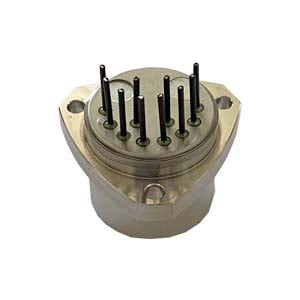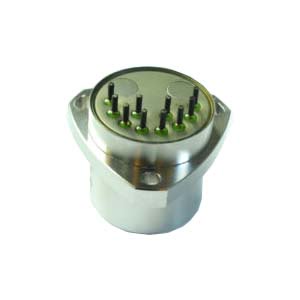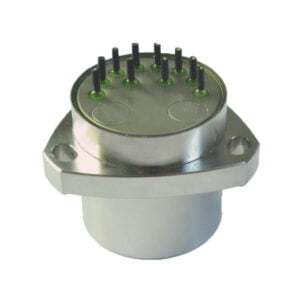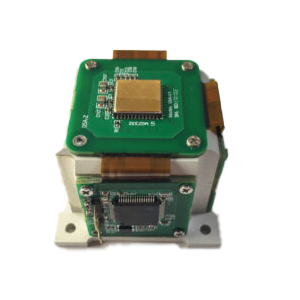An accelerometer is an electronic sensor that measures the acceleration applied to an object to determine its position in space and monitor the object's motion. Acceleration is a vector, which is the rate of change of the object's velocity (velocity is the object's displacement divided by the change in time). An accelerometer consists of a detecting mass (also known as a sensitive mass), a support, a potentiometer, a spring, a damper, and a housing.
Measuring range:
The level of acceleration supported by the sensor output signal specification is usually expressed in ±g. This is the maximum acceleration that the device can measure and accurately represent through the output. For example, the output of a ±3g accelerometer is linear with accelerations up to ±3g. If you accelerate to 4g, the output may be invalid. Note that the limit value is specified by the absolute maximum acceleration, not by the measurement range. 4g acceleration will not invalidate the ±3g accelerometer.for example, the ER-QA-03D Quartz Accelerometer for Oil and Gas has a measuring range of ±30g and a guaranteed bias repeatability of 50μg, which can achieve an operating temperature environment of -55 to 180 ° C in the oil and natural fields.
Accelerometer sensitivity:
The ratio of the acceleration (input) change to the change in the output signal. It defines the ideal linear relationship between acceleration and output (the gray line in Figure 1). Sensitivity is specified by a specific supply voltage, typically mV/g for analog output accelerometers and LSB/g or mg/LSB for digital accelerometers. It is usually expressed as a range (minimum, typical, maximum), or as a typical value plus a percentage deviation (%). For analog output sensors, the sensitivity is proportional to the supply voltage. For example, if the power supply is doubled, the sensitivity is doubled.
The change in sensitivity caused by temperature is generally expressed as a percentage (%) change per °C. The temperature effect is caused by the combination of mechanical stress and temperature coefficient of the circuit.
Nonlinearity:
Ideally, there is a linear relationship between voltage and acceleration, which is described by the sensitivity of the device. The degree of non-linearity measures the deviation between the actual sensitivity and the ideal constant sensitivity, expressed as a percentage relative to the full-scale range (%FSR) or positive-negative full-scale (%FS). Usually, FSR = FS+FS. The nonlinearity of ADI accelerometers is very low and can be ignored in most cases.
The working principle of accelerometer:
1. The sensor in an accelerometer is a sensor that is connected to gravity. There are two components that act on gravity: the accelerometer chip and the yoke. When the object accelerates or decelerates, the acceleration chip is subjected to the action of gravity force, thus converting the signal change into an electrical number; The yoke converts the change in the signal into a change in the magnetic field, and the changed magnetic field can be received by the sensor to generate data for the computer.
2. When the object is moving, the gravity sensor will detect the acceleration and deceleration of the object, the sensor will convert these signals into data through the circuit board, by the circuit board into a signal, and then through the interface to read the data and the computer connection, the computer can read the received signal.
Accelerometers are widely used in many fields. In the automotive industry, accelerometers can be used to measure the acceleration and braking force of a vehicle, thus providing information on the safety of the driver. In the field of aerospace, accelerometers can be used to measure the acceleration and attitude of aircraft, so as to ensure the stability and safety of aircraft. In addition, accelerometers can also be used for a variety of applications such as movement monitoring of athletes, screen rotation of smartphones and step count of smart watches.
If you want to get more details about accelerometer,pls visit https://www.ericcointernational.com/accelerometer/
More Technical Questions
1.What is the Quartz Accelerometer Digital Closed Loop Servo Circuit?
2.Study on the Stability of Quartz Accelerometer Head
3.Temperature Error Analysis of Quartz Accelerometer
4.What is the Effect of Temperature Coefficient on Quartz Accelerometer?
5.How to Improve the Long-term Stability of the Quartz Accelerometer?
6.What are the Advantages and Disadvantages of Quartz Accelerometers?
Products in Article







